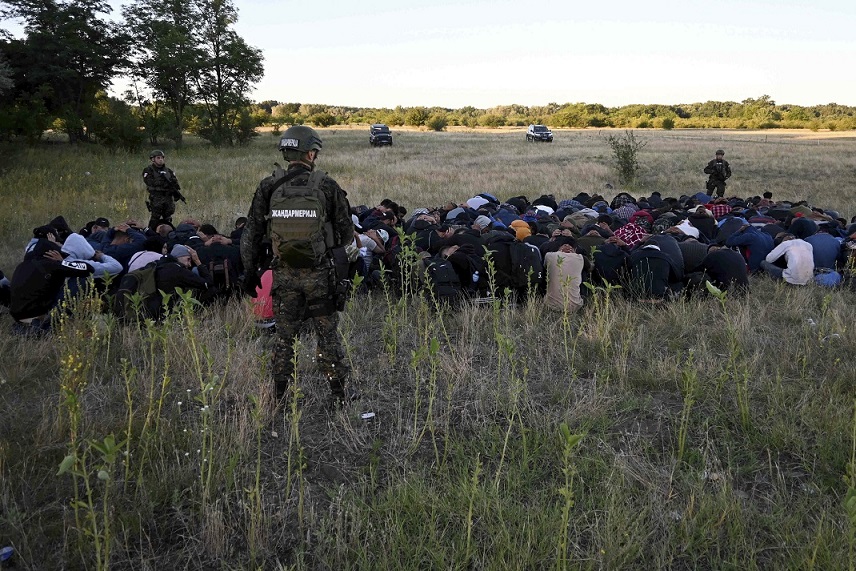Illegal crossing attempts into the territory of the European Union have risen by 86 percent on average over last year, preliminary data provided by Frontex has revealed.
The EU’s external border agency published data on Friday for the number of border-crossings attempted by illegal migrants from January until the end of June, totaling 155,090 irregular entry attempts in the first seven months of the year, up 86 percent versus 2021.
EU member states recorded 34,570 irregular crossings in July, 63 percent more than in the same month in 2021.
The figures rose significantly at every migratory route with the two exceptions of the eastern land border at Belarus, and the Western Mediterranean access point into Spain via North Africa.

The Western Balkan route remained the most active with a total of 70,770 illegal border-crossing attempts in seven months, an eye-watering 205 percent increase over the same period last year. This route typically refers to migrants heading north through Serbia before attempting to cross the Hungarian southern border into the European Union.
Migratory pressure continues to be high in the Central Mediterranean, as migrants typically depart from Libya and Tunisia in a bid to enter Italy’s territorial waters, or aim to dock at strategic Italian territories such as Lampedusa.
A significant increase in migrants departing the European Union in a bid to reach the United Kingdom has also been recorded, with 27,990 estimated to have crossed the English Channel, despite attempts by the British government to deter crossings.
The figures do not include Ukrainian refugees fleeing their country to safe European nations following Russia’s invasion on Feb. 24, although the border agency estimated that 7.7 million Ukrainian nationals have now entered the European Union from Ukraine since the start of the conflict, with a number of these subsequently returning home.
Frontex claimed that in response to the high migratory pressure, the border agency has “more than 2,200 standing corps officers and staff at various sections of the EU external border, as well as in Albania, Serbia, Montenegro, and Moldova.”






